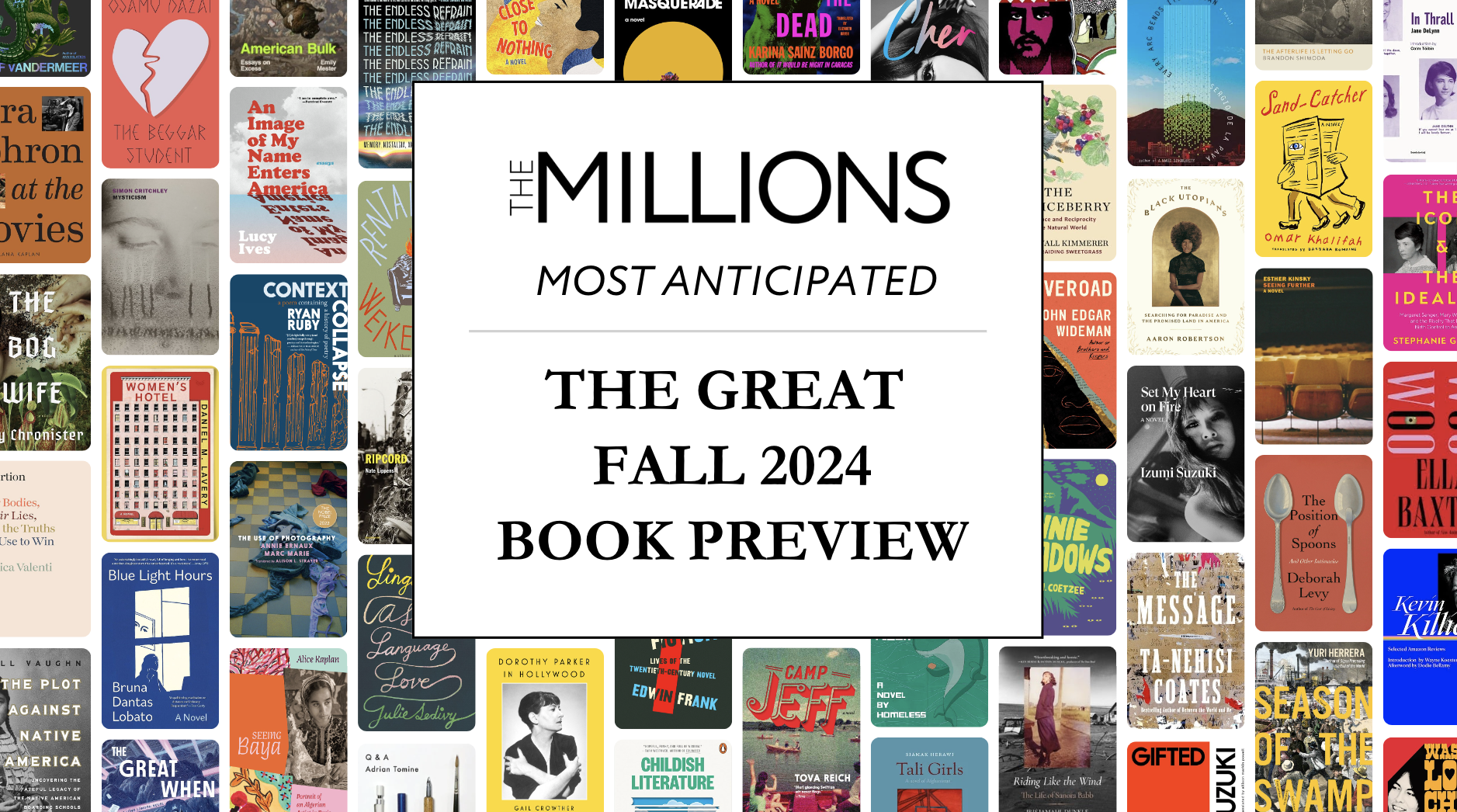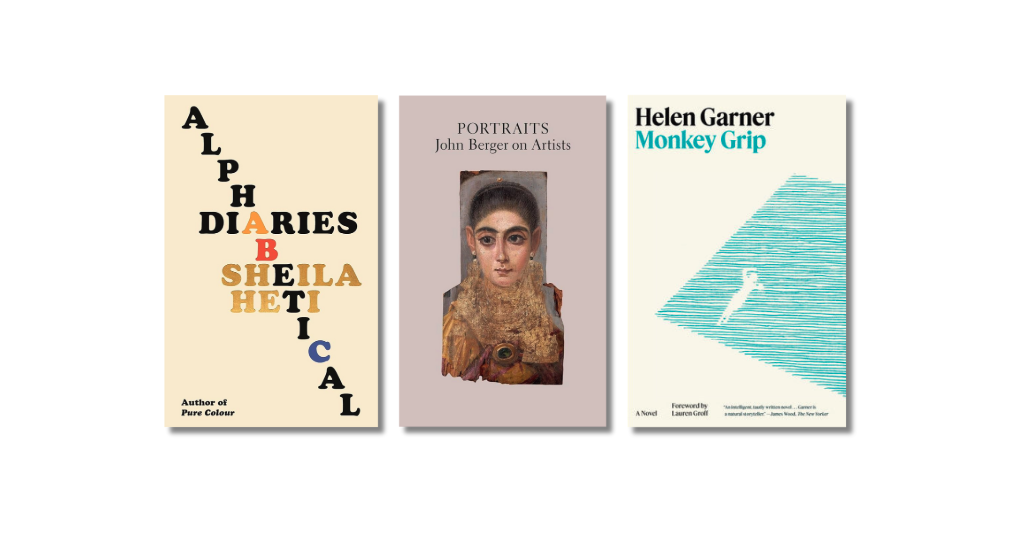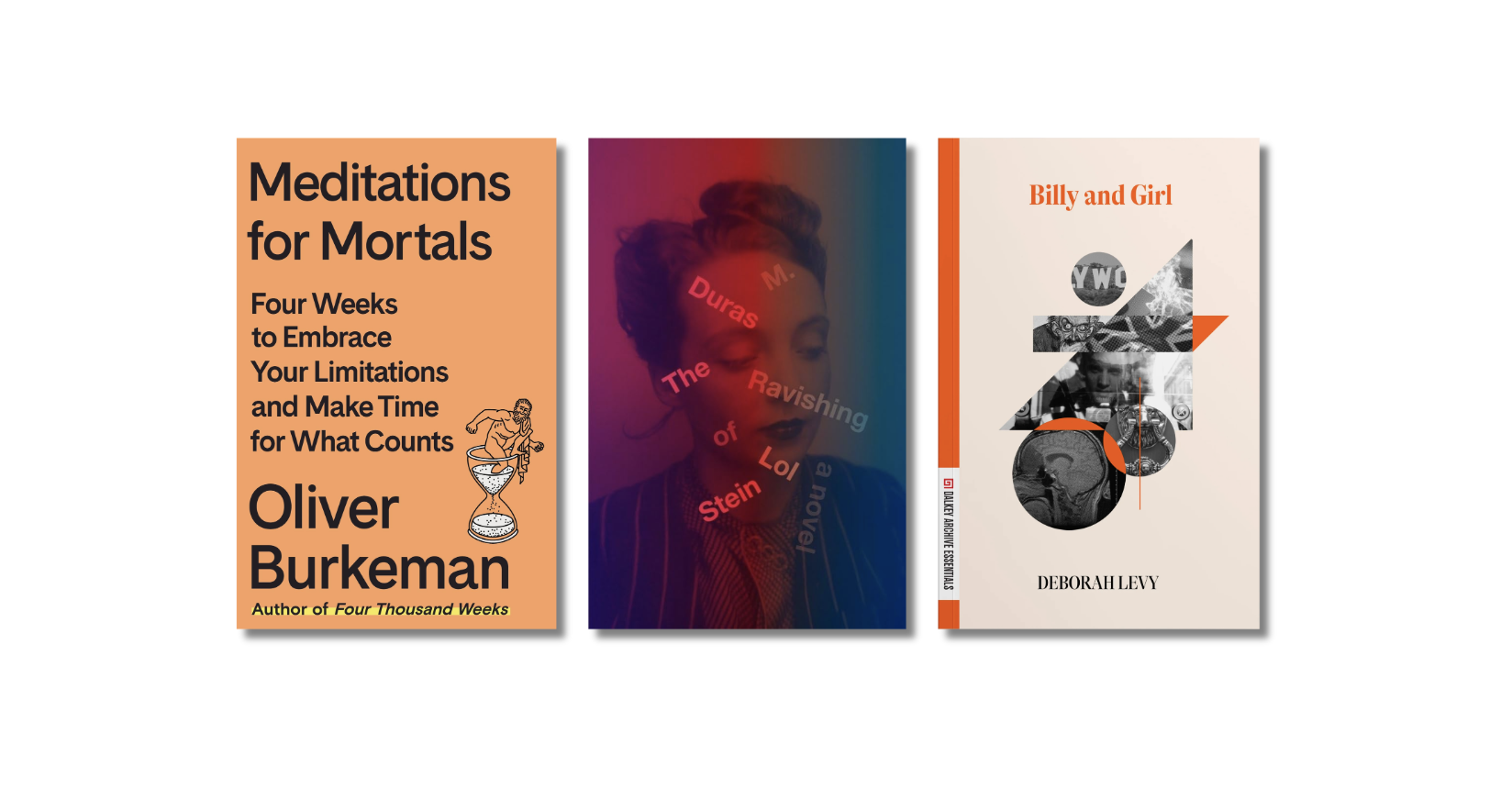I came across Narrative Magazine this weekend, which, if you register, offers a free online subscription. The magazine comes out twice a year and includes several short stories and novel excerpts as well as interviews, non-fiction, and classics. Under classics, the magazine has published work by Jean Stafford, Peter Taylor, and Ivan Turgenev. Recently they have also published a sizable chunk of the Rick Bass book I mentioned yesterday, The Diezmo. Once you’ve registered, go to the Archive page to see all the stuff they’ve got online.









